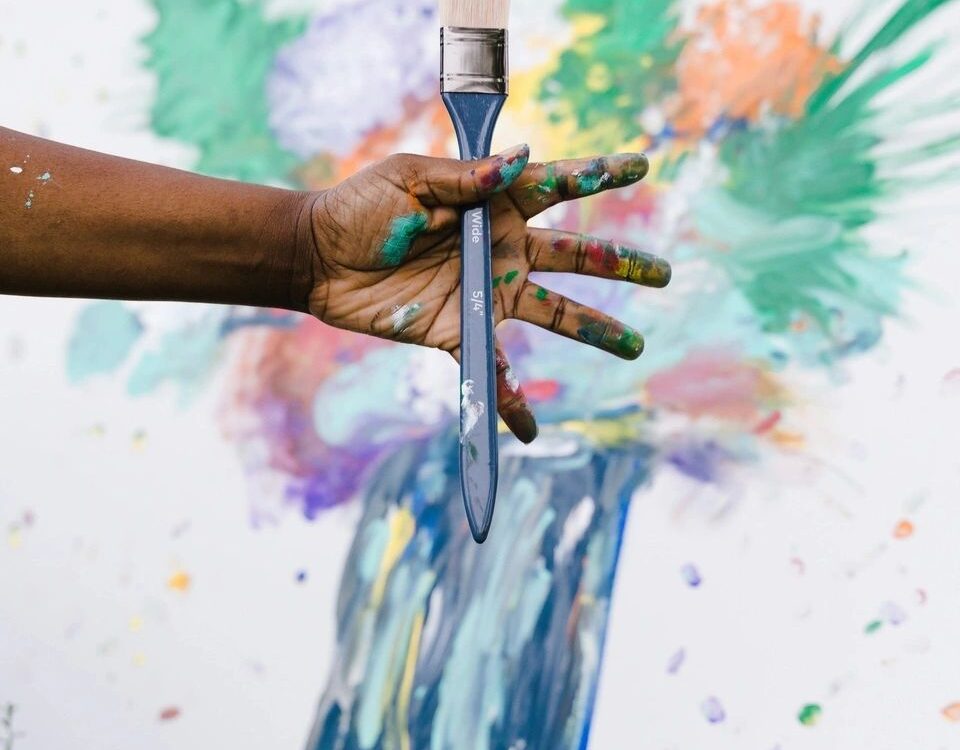Are you tired of playing it safe with your interior decor? Are you ready to inject some personality and flair into your space? Mixing different patterns without it looking weird can be a game-changer, transforming a dull room into a vibrant, visually captivating space. However, mastering the art of mixing patterns requires finesse and careful consideration. In this article, we’ll delve into the dos and don’ts of mixing patterns, providing you with expert insights and practical tips to help you achieve a cohesive and stylish look effortlessly.
Embracing Contrast and Cohesion
Mixing patterns is all about striking the right balance between contrast and cohesion. While it may seem daunting at first, embracing contrast can create visual interest and depth in your space. However, it’s essential to maintain cohesion by selecting patterns that share a common element, whether it’s color, scale, or style.
When mixing patterns, consider the following:
- Start with a Statement Piece: Anchor your design scheme with a statement piece that features a bold pattern. This could be a vibrant area rug, a colorful wallpaper, or a striking piece of furniture.
- Consider Scale: Mixing patterns of varying scales can add visual dynamism to your space. Pair large-scale patterns with smaller, more intricate designs for a balanced look.
- Stick to a Color Palette: To ensure harmony in your design, select patterns that share a common color palette. This will tie your scheme together and prevent it from looking disjointed.
Layering Textures for Depth
In addition to mixing patterns, incorporating different textures into your design can elevate the overall look and feel of your space. Texture adds depth and dimension, creating visual interest and tactile appeal. When layering textures, consider the following:
- Mix Soft and Hard Surfaces: Contrast plush fabrics like velvet or chenille with hard surfaces like wood or metal for a balanced aesthetic.
- Play with Light and Shadow: Textured surfaces interact with light differently, creating visual intrigue. Experiment with matte and glossy finishes to add depth to your space.
- Incorporate Natural Elements: Introducing natural materials such as rattan, jute, or marble can add warmth and authenticity to your design scheme.
Creating Visual Flow with Patterns
To avoid overwhelming your space with clashing patterns, it’s crucial to create visual flow throughout the room. This involves strategic placement of patterns to guide the eye and create a sense of harmony. Here are some tips for creating visual flow:
- Use Patterns Sparingly: While it’s tempting to go overboard with patterns, less is often more. Select a few key pieces to showcase your favorite patterns, allowing them to take center stage.
- Balance Bold and Subtle Patterns: Pair bold, eye-catching patterns with more subtle designs to prevent visual overload. This juxtaposition adds intrigue without overwhelming the senses.
- Create Focal Points: Identify focal points in your space and use patterns to draw attention to these areas. Whether it’s a statement wall, a cozy reading nook, or a stylish accent chair, make it the star of the show.
Frequently Asked Questions (FAQ’s)
Q:How do I mix patterns without clashing?
A: To mix patterns successfully, focus on balance and cohesion. Choose patterns that share a common color palette or design element, and vary the scale of the patterns for visual interest.
Q: Can I mix different pattern styles, like florals and stripes?
A: Absolutely! Mixing different pattern styles can create a dynamic and eclectic look. Just be sure to balance bold patterns with more understated designs to avoid overwhelming the space.
Q: What are some common mistakes to avoid when mixing patterns?
A: One common mistake is overdoing it with patterns. Instead of covering every surface with prints, focus on strategic placement and balance. Additionally, be mindful of scale and color cohesion to prevent a disjointed look.
Q: How can I incorporate patterns into a small space without overwhelming it?
A: In a small space, opt for smaller-scale patterns and use them sparingly. Consider incorporating patterns through accessories like throw pillows, curtains, or artwork to add visual interest without overwhelming the room.
Q: Is it okay to mix patterns in different rooms of the house?
A: Absolutely! Mixing patterns can add personality and character to any room in your home. Just be sure to maintain a cohesive color palette or design theme throughout to ensure a harmonious flow from room to room.
Q: What’s the best way to experiment with mixing patterns for beginners?
A: Start small by incorporating patterns through accessories like throw pillows, blankets, or rugs. Once you feel more confident, you can gradually introduce bolder patterns through larger pieces of furniture or accent walls.
Conclusion
Mixing different patterns without it looking weird is a surefire way to infuse your space with personality and style. By following these expert tips and guidelines, you can achieve a harmonious blend of patterns that reflects your unique taste and creativity. Remember to embrace contrast, layer textures, and create visual flow throughout your space for a cohesive and visually captivating result.






